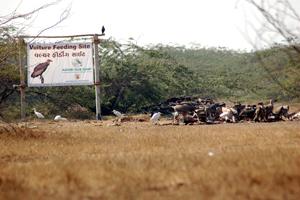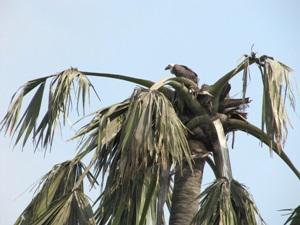Snehal Patel
Conserving one of the most endangered Bird of India; Vultures in the Wild.

Vulture populations which numbered in hundreds of thousands over a decade ago have been completely wiped out in large parts of India. Vultures were so abundant that no one ever bothered to do a head count of the birds in the 80s. The situation is very grim in most states of India now.

Vultures are on the top of food chain. They consume the decaying carcasses of all the animals and prevent the outbreak of diseases. In the absence of these birds the nature’s natural cycle gets totally disturbed. The decline in the population of these birds in shorts span of a decade is indeed very alarming and hence if these birds can be saved in the wild it will be a long lasting contribution in nature conservation.
The primary purpose of this project is to conserve vultures in South Gujarat region of India. The overall population of vultures in South Gujarat is around 135 and is holding steady due to the efforts by organization. Nesting sites exist in Hazira area.
The conservation effort is a multi-pronged approach:
- Providing Diclofenac-free carcasses. (Diclofenac is the drug which has been identified as root cause of sharp decline in vulture populations).
- Food scarcity is also the main reason of vulture population decline. This type of Vulture Feeding program has been started in Nepal by Bird Conservation Nepal.
- Ensuring veterinary use of Diclofenac is eliminated. Subsidizing Meloxicam, an alternative safe drug, but slightly expensive medicine compare to Diclofenac.
- Awareness program for Vulture conservation. The organization has existing publications in local languages highlighting the issue.
- Protection of nesting/roosting sites.
The vulture conservation has been successful in South Gujarat, with a steady maintenance of vulture population. This is confirmed by regular population surveys by the organization.
Our goal is to continue Vulture Conservation Project on long term basis so that the Vulture population not only stabilizes but multiplies. To achieve this we are planning to establish a permanent vulture feeding site which will be cordoned off by erecting a chain link fencing around the feeding site, so that the vultures landing over there for feeding are not disturbed by dogs and pigs. We plan to ensure that the carcasses are available to the vultures for feeding uninterruptedly.